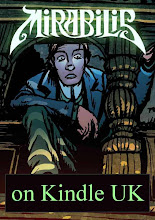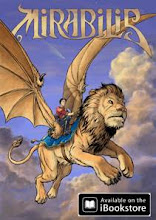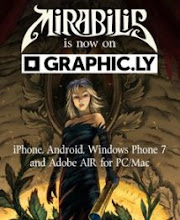 The next X-Men movie is reportedly going right back to the original Lee & Kirby Silver Age stories in which Professor Charles Xavier first sets up his School for Gifted Youngsters.
The next X-Men movie is reportedly going right back to the original Lee & Kirby Silver Age stories in which Professor Charles Xavier first sets up his School for Gifted Youngsters.Not before time. If they’d done that to begin with, instead of the down-n-dirty, angst-ridden trilogy about what a tortured life Wolverine has had, then they would have scored roughly twice as much at box office. How do I know? Simple: Raimi and Favreau showed everyone how to do it with their Marvel movies.
In the ‘80s and ‘90s, comic books shifted from being simple, relatable stories for a broad (and mostly young) market to brooding fare for the college-age crowd. To anyone younger than 13 or older than 30, Wolverine looks like the kind of surly git who mutters to himself while hogging the pool table. But to that specific demographic – or rather, to the very narrow slice of them that buys comics – he’s all about how, like, hard it is, y’know?
For those who don’t read comics, these movies shape perception of the medium. So The Times will go on at great length about something like Rex Mundi - as if that niche of avid fans represented anything at all. Now, I’m not dissing the quality of Arvid Nelson’s work. Quite the contrary. I’m just saying that media interest in something like Rex Mundi is about as relevant as who won the Booker prize. Let me assure you: I grokked that Dark Phoenix cycle of stories by Claremont and Byrne that the X-Men movies were based on. Man, it was life-changing. But I was a 19-year-old role-playing, SF-reading, physics undergraduate Lene Lovich fan at the time – so hardly representative of the mass market.
Because of the media’s take on comics, it’s hard for people who don’t read them to separate the medium from the content. That’s why book publishers mostly just don’t get it. If you say “Harry Potter” or “Spiderwick”, that they understand. It’s a book, it can be a movie, a videogame… It can be enjoyed by adults and kids alike, in big numbers. But when you talk to them about graphic novels, they don’t connect it with that kind of crossover high concept stuff that pays for all their other fiction. Best case, they start to think in terms of Fun Home or Persepolis. Challenging masterworks that are brooding, brilliant - and bloody unlikely to hook a broad readership.
Maybe movies could give a useful steer here. The average PG film is ten times as profitable as the average R-rated film. Really, it is. Now go find a producer in the UK who isn’t trying to get a horror flick made. And the banker never wears a mac in the pouring rain…
This kind of thinking, in an industry as chronically panic-stricken as book publishing, becomes self-perpetuating. A publisher releases a hip, dark, ultra-violent graphic novel that appeals to teen male sci-fi geeks. Or it might be a downbeat, leisurely, surreal exploration of angst-ridden daily life aimed at thirtysomethings. Razordeath: Alien Infarction or All the Ways My Life Hurts (okay, I made those up). Either way, the book sells 15,000 copies and the publisher concludes that’s the limit of the market. Oh sure - and prior to J K Rowling it was a truth universally acknowledged that children’s fantasy never made it as far as the bestseller lists.
I love the works of Adrian Tomine, Daniel Clowes, Alison Bechdel - and I even like the two-fisted horror/action stuff, as long as it’s all driven from character the way guys like Arcudi and Brubaker write it. But I wouldn’t be enjoying comics today if I hadn’t had Stan Lee and Roy Thomas to open that magic door for me. They did it with simple, powerful stories about universally relatable characters, exactly as Pixar was to do 30 years later. And that’s the kind of readership, 9-12 years plus family, that book publishers ought to be looking at if they want to see the kind of business that graphic novels could really do.

























No comments:
Post a Comment